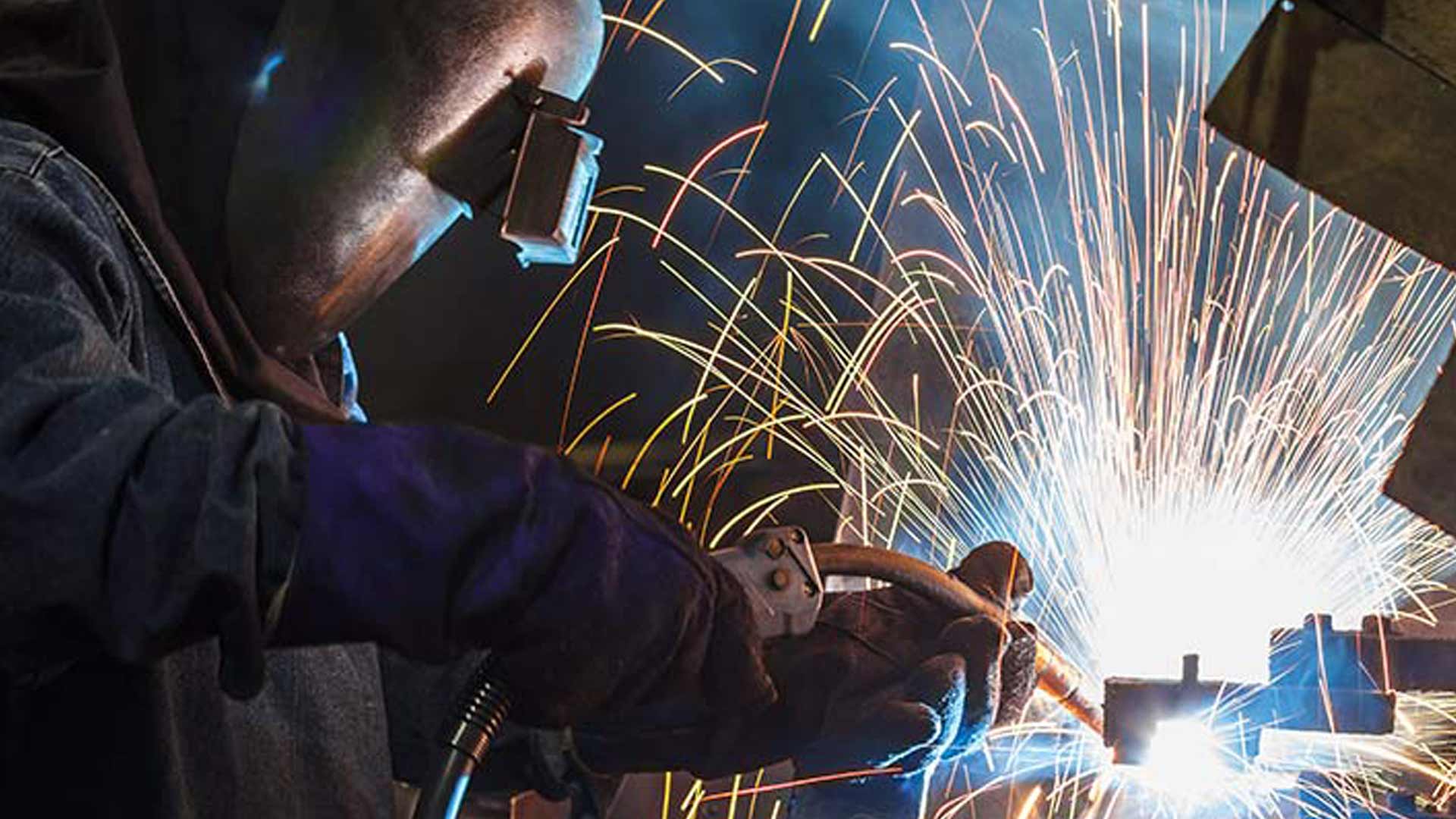Types of Air Filtration: Source Capture vs Ambient

“Metal Fume Fever”, skin irritation, neurological deficiencies, the list goes on. It's apparent smoke and fumes created through various welding processes are dangerous to the short- and long-term health and safety of our workforce.
Weld fume particulates from common processes often contain elements such as:
Hexavalent Chromium – Welding and thermal metal cutting processes may release this harmful particulate into the facility air. Hexavalent Chromium is a carcinogen, and overexposure can result in skin irritation, permanent eye damage and lunch cancer. Hexavalent Chromium is common in processes where stainless steel is being used during metal cutting, welding or grinding.
Manganese – Welding carbon steel releases manganese into the atmosphere. Overexposure to manganese can result in neurotoxic effects including tremors, difficulty walking and poor hand-eye coordination – a condition commonly called “Manganism.” Manganism's effects manifest similarly to and are commonly misdiagnosed as Parkinson's' Disease.
In addition to the above, Nickel, Zinc and other toxic elements also escape via gases during welding and cutting processes. Limiting the circulation of this weld fume particulate, is critical to the maintaining the health, happiness and productivity of welders while meeting, or exceeding, the standards put in place by regulatory groups like OSHA and ACGIH.
On top of the harmful potential effects of weld fumes for welders, unchecked welding fumes and smoke can quickly buildup to cut off an adequate supply of oxygen, lead to fires or explosions, and in some cases impair weld quality as well as negatively impact other non-welding related worker areas.
When you take all of the adverse effects of weld fumes into account, the need to investigate the various types of air filtration is clear. So, with that in mind, what options exist? There are two main options: source capture and ambient air filtration systems.
Source Capture Ventilation
Given the method's proximity to the weldment,source capture through fume extraction is considered the best method for eliminating the weld fume from the air. Proper source capture minimizes harmful particulate reaching the operator's respiratory zone, reducing the harmful effects to a bare minimum.
Disadvantages to source capture systems include the difficulty to position the systems over large weldments, navigate the systems around obstructions in the welding area and the possible need to manually position the fume arms during the welding process.
Possible methods of source capture ventilation include:
Fume Arm Systems – In fume arm systems, a varying number of fume arm capture devices are connected to a central collection unit or self-contained system which can be placed inside or outside of the plant environment. Fume arms are manually positioned for optimal location.
Downdraft Tables – With downdraft tables, particulate is collected via a self-contained system that doubles as a workspace. Fumes are directed away from the operator via a steady stream of air down into the table.
Overhead Hoods – These are best where large areas of weld smoke need to be contained. Overhead hoods isolate the weld fumes and make it simpler to filter the air. A dust collector is attached to the hood to clean the contaminated air.
Tip Extraction Systems – Tip extraction methods incorporate a suction device directly attached to the weld source. This solution is best suited for large weldments where heavy crane use is necessary and overhead hoods are not possible or perhaps in a smaller, portable application as well.
Ambient Air Filtration
Sometimes, for various reasons, source capture of fumes and particulates just isn't possible, or, more likely, augmenting source capture techniques is desired for maximum plant air quality.
As an alternate to simply blowing contaminated air through a facility with shop fans, ambient air systems can be installed overhead to draw fumes and particulates up out of the work zone for filtration.
With advanced ambient air filtration systems, air can be directed to create circulating airflow and maximize clean air benefits. Additionally, heating and cooling equipment can be integrated in the filtration system to condition air before reintroduction to the facility.
Ambient air systems are best used in addition to source capture techniques, not as a replacement.
Contact Us With Your Questions!
SUBSCRIBE TO
BLOG UPDATES








